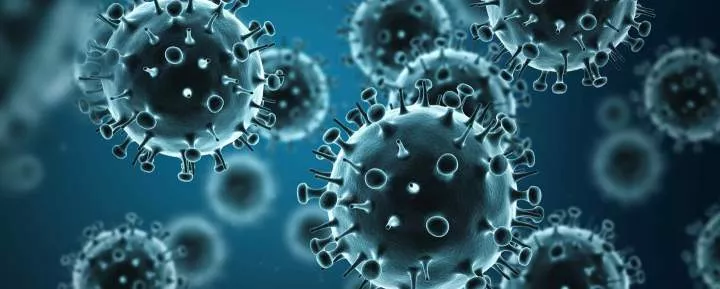
Many diseases pose a serious threat to human life because they can kill a victim without allowing them to fight for their lives. The worst aspect of these diseases is that they can kill in a single day by weakening and poisoning the victim's body in a short period of time, resulting in death. Because some of them have no cure, they are far more dangerous. These diseases are extremely lethal. Here are the world's most lethal diseases that you must avoid.
1. Meningococcal disease
It is spread through the saliva and nasal secretions of infected people. Affected individuals may develop severe neurological disorders such as cognitive impairments, severe headaches, and depression.
The disease attacks the meninges, or lining of the brain and spinal cord, and a person's reflexes can be severely hampered. They may become more light sensitive, have body aches, fever, stiff neck, and have a lower energy level.
2. Flesh-eating bug
This bug has the ability to quickly sweep across the body, consuming soft tissue. It is frequently caused by a confluence of germs.
3. Stroke
It attacks and kills connective tissue, which surrounds muscles, nerves, fat, and blood vessels. This can result in the loss of a limb or even one's life.
A stroke happens when a blood vessel in the brain ruptures or becomes blocked by a clot. It harms the brain by cutting off the oxygen supply. The condition only affects one side of the body.
4. Cholera
This is an intestinal infection caused by drinking contaminated water or eating contaminated food. The affected person has diarrhea, which can result in dehydration and death.
5. MRSA
Bacterial resistance is a condition in which bacteria are resistant to a wide variety of antibiotics. It causes minor skin conditions such as blisters and boils. It can, however, cause more serious skin infections as well as infect surgical incisions, the bloodstream, the lungs, and the urinary tract.
6. Enterovirus
The virus spreads through the sufferer's saliva, coughs, and sneezes. Among the symptoms are fever, runny nose, sneezing, coughing, and muscle aches. It causes wheezing and severe breathing problems, which can result in death.
7. Bubonic plague
It is caused by a flea bite from an infected small animal, such as a rat. Symptoms include fever and chills, headaches and body aches, vomiting, and nausea.
8. Ebola
Close contact with infected animals' blood, secretions, organs, or bodily fluids spreads this virus.
9. Dengue fever
The disease is spread by an infected mosquito. Symptoms include a high temperature, headaches, eye pain, joint pain, muscle and bone pain, and a rash or bleeding from the nose and gums.
10. Malaria
Mosquitoes spread the disease, which can be found all over the world. The parasite quickly destroys red blood cells, which are in charge of delivering oxygen to the body's tissues
















Comments